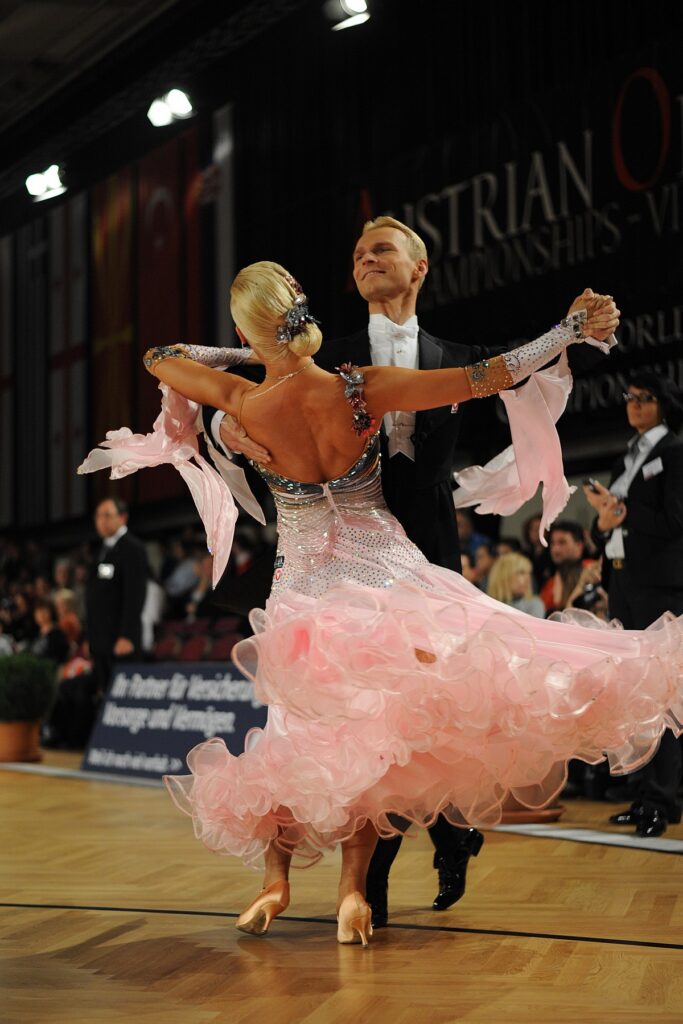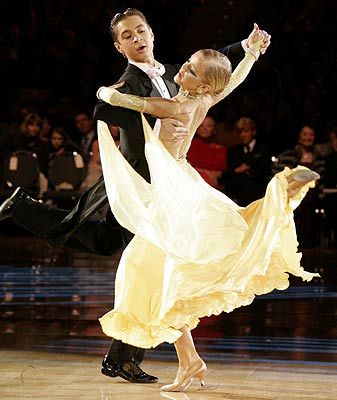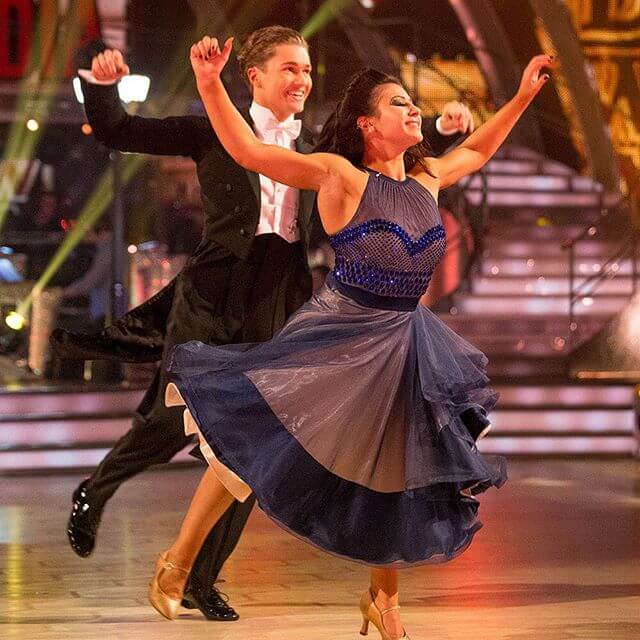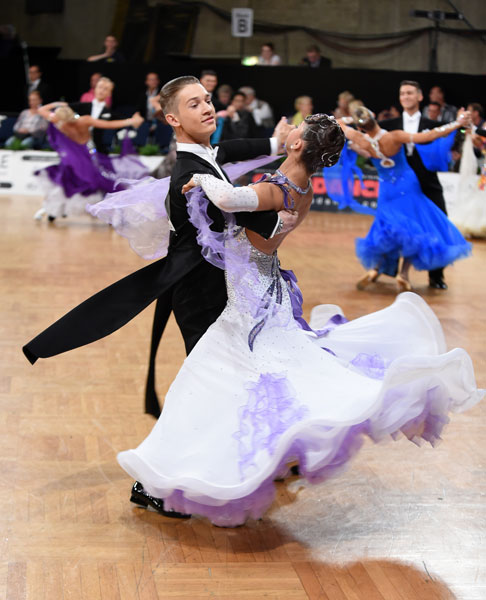
Waltz: the waltz became popular at the beginning of the 19th century in Vienna, from where it spread all over the world. During the 1920’s the musical form of the waltz was further developed into new dances: the Boston Waltz and the Slow Waltz. These dances were the forerunners of the modern waltz that is now performed in dance competitions.
Costumes: couples will perform in competition dress, the gentleman is in a tail suit and the lady in a flowing ball gown.
STYLE DESCRIPTION
Foxtrot: appeared in Europe at the beginning of the 20th century. The Slow Foxtrot requires min 20′ x 20′ dance floor dimensions, hardwood or concrete flooring preferable. Its popularity in the 20’s was due to the American dancers Vernon and Irene Castle. The Slow Foxtrot is characterized by long lines and fluent progressive movements.


Quickstep: originated from England, it replaced the Foxtrot which was a dance popular in the 1930’s. During the twenties many bands played the Slow Foxtrot too fast, 50 Bars/min, the large open steps from the Foxtrot could not be danced on this speed. The English developed from the original Charleston a progressive dance without kicks and made a mixture with the above mentioned fast foxtrot the called this dance “the Quicktime Foxtrot and Charleston”.
Tango: the choreographic sources of the Tango are Argentine and Spanish folk dances. In the 19th century, the Tango became wide-spread in South America, and it first appeared in Europe at the beginning of the 20th century. The well-known French choreographer and composer Camil de Rinal revamped the dance making it more simple and thereby created the Tango as we know it today.


VieneseWaltz: the tempo of the music is usually 60 beats per minute. The “Flecker” is one of the moves of the Viennese waltz that is performed at dancing competitions. It is a very ancient move that originated from the primitive folk dances of Austria and Germany.
To book the best dance entertainment for All Occasions please contact VADIM

